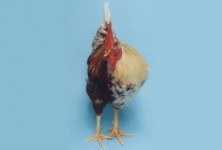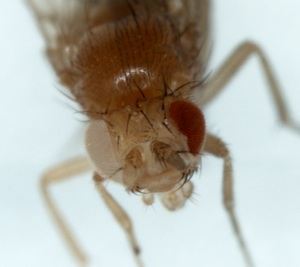
It's a Wednesday and I'm posting! Yes, that means we're almost done with this week, and I'm not dead from Organic Chemistry classwork! Yes!!!
I've been learning a lot of cool stuff in my science classes and also some of the boring stuff, but oh well, what are you going to do? I have to learn all the details to figure out who I want to become and all that jazz.
I know sometimes my schoolwork takes me away from blogging, so I wanted to find a way to incorporate school and blogging, you know, to show them that there can be a truce and that they don't always have to fight for my attention! Such greedy things! I love them both!
Well, here's the truce I've come up with: when I really don't have the time to post a very detailed, bookish blog post, I'll just post something interesting I've learned from one of my science classes! That way I'm studying and blogging all at the same time. How about that? I also promise to just post the interesting, fun things I've learned, not the details that will make your head spin.
Well here's #1 of the new "What is Monique Learning" Experiment. This one is coming to you from Genetics.
Mosaicism can develop as a result of mitotic nondisjunction early in embryogenesis. What is embryogenesis you ask? It's the process by which the embryo forms and develops. Ok, so what's mitotic nondisjunction? To put things short and simple, it's when the chromosomes don't separate properly during mitosis. And Mosaicism? Let's just say that it's when your cells have different genotypes. I'm really simplifying here, but let's move on.
So why am I sharing this with you? Didn't I say I would only share the fun stuff? Great question! I'm so glad you asked!
The interesting thing is in that word Mosaicism. Some organisms have sex-chromosome mosaicism that produces gynandromorphs. Ugh! I know, right?! There I go throwing in another big word at you. Bear with me for a second. It's actually a very simple word. It means these organisms have individuals that have some female cells and some male cells (because of the mitotic nondisjunction).
Well, what do they look like? Here you go!
Examples:

Half-male/Half-Female peacock

Half-hen/Half-rooster

Half-male/Half-female Fly
Half-male/Half-female Butterfly
I just think that's really cool! Hopefully you all enjoyed that too and I didn't bore you to death. I can't wait what wonders I'll get to learn next.
Thanks for sticking around,
Monique loves you. <3


i find genetics super fascinating!! thanks for this post!!
ReplyDeleteAwesome post! I have taken genetics yet! However it is such a interesting subject! I'm looking forward to seeing more posts like this 😁
ReplyDelete